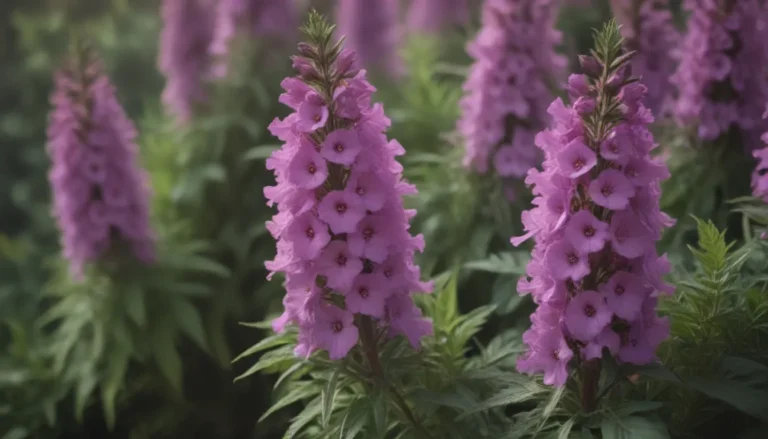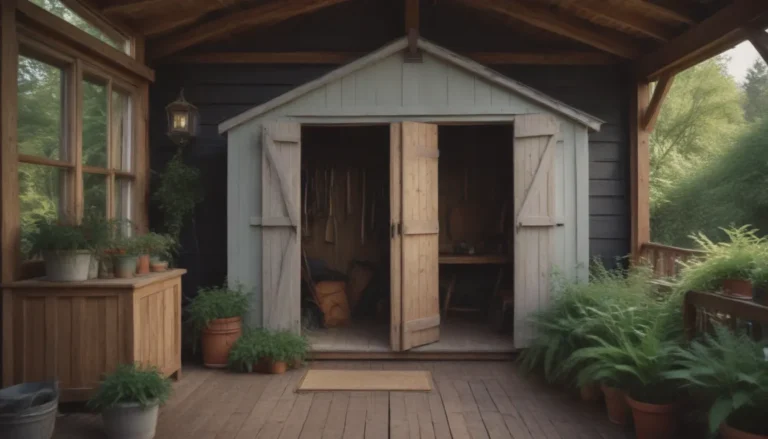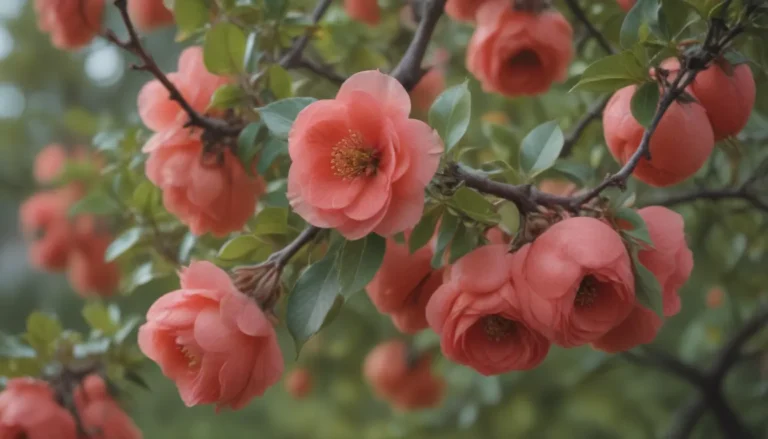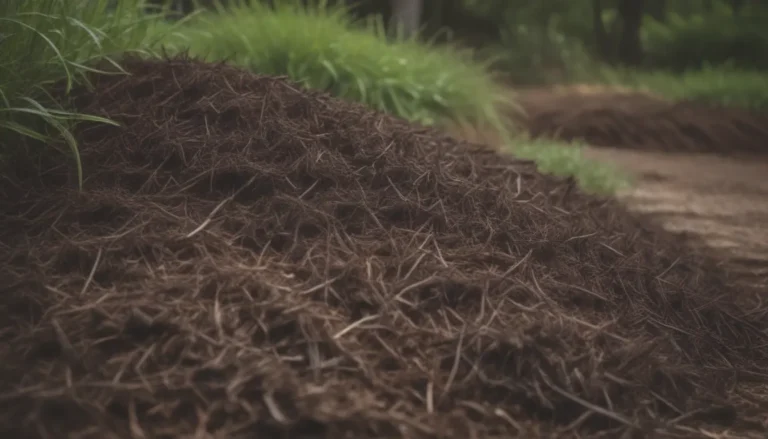Comprehensive Guide to Growing and Caring for Pagoda Dogwood
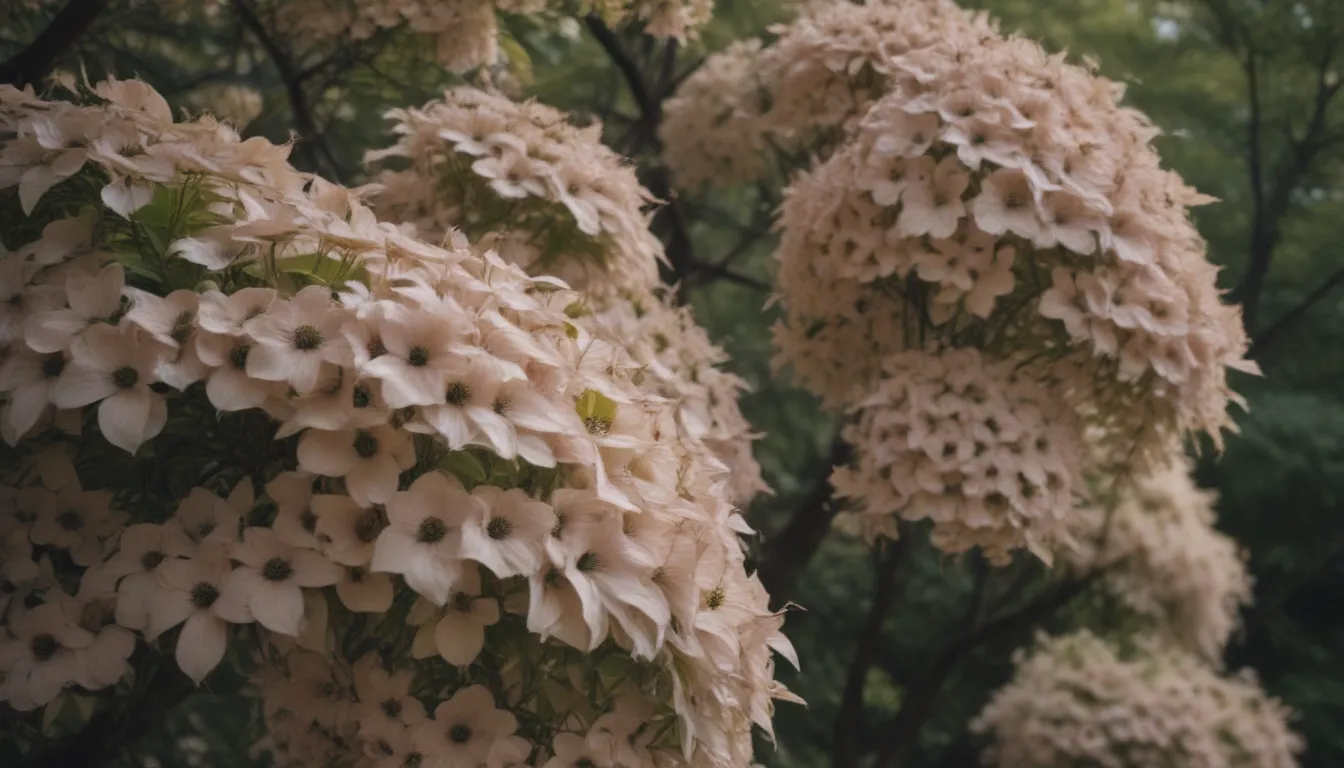
Are you looking for a beautiful plant to add to your shady garden? Look no further than the pagoda dogwood. This large shrub or medium tree can grow to be 15 to 25 feet tall and produces stunning yellowish-white flowers in flattened clumps in late spring. The added bonus of bluish-black berries in the winter adds interest to your garden year-round.
The pagoda dogwood, known for its tiered, horizontal branching, thrives in woodland, understory conditions with partial or dappled sunlight. It prefers loamy, acidic soil and cooler summer temperatures. If you’re interested in growing and caring for this unique plant, here’s everything you need to know:
Planting and Growing Pagoda Dogwood
For best results, plant your pagoda dogwood in moderately moist, well-drained loam soil with an acidic pH. While it can tolerate clay soil, it may grow more slowly in those conditions. This species prefers dappled shade, mimicking its natural habitat in the understory of woodlands.
Pagoda dogwood starts off growing slowly, but once its roots establish, it can grow up to 2 feet per year. With the right conditions, this tree can live up to 100 to 200 years. Here are some essential care tips for growing a healthy pagoda dogwood:
Light
- Pagoda dogwood thrives in dappled shade conditions, similar to the understory under large trees.
- In colder regions, providing more sunlight may be beneficial.
Soil
- Loamy soil that is relatively moist but well-drained is ideal for pagoda dogwood.
- It prefers soil with an acidic pH.
Water
- Water your pagoda dogwood weekly when there’s no rain, giving it about 1 inch of water per week.
Temperature and Humidity
- This plant enjoys moderately cool summer temperatures and humidity levels.
- In hot climates, provide shade and mulch the soil to keep it cool.
Fertilization
- Pagoda dogwood generally doesn’t require additional fertilization; mulching over the root zone can provide sufficient nutrients.
- Alternatively, you can work compost into the top few inches of soil beneath the tree each spring.
Pruning and Propagation
Pruning your pagoda dogwood is optional, but if you do so, it’s best done in late winter. You can also propagate this plant by rooting stem cuttings. However, keep in mind that propagating the trademarked cultivar ‘Golden Shadows’ is prohibited.
Common Pests and Diseases
- Dogwoods, including the pagoda variety, are susceptible to leaf spot, twig and leaf blights, root rot, and canker.
- Common insect pests include scale, leaf miners, and borers.
- Prevent insect infestations by avoiding damage to the lower trunks from lawnmowers or weed trimmers.
Different Types of Pagoda Dogwood
The pagoda dogwood can be found in its natural habitat in cool, moist woodlands across various regions. In addition to the straight species, you can also find two cultivars:
– C. alternifolia ‘Golden Shadows’
– C. alternifolia ‘Argentea’
Tips for Healthy Pagoda Dogwood Blooms
If you’re wondering how to encourage your pagoda dogwood to bloom beautifully, here are some key points to keep in mind:
– Ensure the plant isn’t receiving excess nitrogen, which can inhibit flowering.
– Proper water supply and well-draining soil are essential for healthy blooming.
– Deadheading spent blooms isn’t necessary, as pagoda dogwoods don’t bloom again until the following season.
When Does Pagoda Dogwood Bloom?
- Pagoda dogwood typically blooms in May and June, with fruits appearing in July and August.
- The flowers are fragrant convex clusters of miniature yellowish-white blooms that smell similar to honeysuckle.
Common Problems and Solutions
While pagoda dogwoods are relatively low-maintenance, they can encounter issues if their growing conditions aren’t met:
– Animal Damage: Birds, bears, deer, and rabbits enjoy the berries of pagoda dogwood. Protect young trees with fences if wildlife damage is a concern.
– Yellowing Branches or Trunk: Watch out for golden canker, a disease that can kill branches and stems. Prune affected areas when the tree is dormant.
– Browning Leaves: Browning leaves could indicate leaf scorch, especially during hot weather. Provide adequate water during high heat periods.
Pagoda dogwood, with its unique growth habit and beautiful flowers, can make a lovely addition to your garden. Keep its requirements in mind and enjoy this stunning plant for years to come. Remember, pagoda dogwood does not need overwintering protection and is hardy in USDA hardiness zones 3 through 7.
By following these care tips, you can ensure your pagoda dogwood thrives and adds beauty to your garden year after year. So, go ahead and plant this delightful tree in your landscape for a touch of natural elegance!
